|
By Al Players: 1 Platforms: Nintendo Switch, PlayStation 4, PlayStation 5, XBox, PC SOULVARS is an RPG with deckbuilding combat that recently hit consoles and PC after a successful launch on mobile last year. It topped the paid RPG charts, but did it handle the migration to dedicated gaming platforms gracefully? We were lucky enough to get a chance to play it on the Nintendo Switch and we're going to dive into the post-apocalyptic world where Dominators threaten humanity, and you're first in line to stop them. SOULVARS takes place in a very cyberpunk-esque future where humanity has figured out a way to convert souls into data. This brings about the appearance of SoulDominators who amass near portals and can not only devour these newly converted souls, but also corrupt those who haven't been converted yet. Obviously these Dominators are now the biggest threat to the remnants of humanity. In order to combat these Dominators the DDO, or Dominator Disposal Organization, is set up to gather teams of Soulbearers, those born with special powers that make them able to fight the Dominators and resist that whole soul devouring thing. You take on the role of Yakumo, a Soulbearer who has a mysterious link to the rival rebel group Inazami. Inazami exists as a sort of third party to everything going on, and their goal is to get in the way of the work of the DDO. Inazami's end goals are a bit of a mystery, but they aren't exactly on the side of the Dominators either. Throughout your journey you gather other companions within the DDO, these can be DDO executives and other contracted Soulbearers like yourself. As a Soulbearer you are armed with a Souldriver, special devices that use and extract Soulbits to convert to special attacks and powers. It's up to you to help the DDO fight this daunting battle, help whoever you can along the way, and figure out what Inazami is up to. Was all that just a bit confusing to you? Well, it's even more confusing when I tell you that the game never actually explains ANY of that to you directly. Every part of the story I outlined above is given to you via glossary entries within the pause menu. When you start the game you're just a guy on a motorcycle dropping into the middle of the action. While this scene opening scene is pretty cool it doesn't tell you a thing about what's going on in the world. I played the game for several hours before I realized that nothing at all was going to be explained to me, and I only found the entries that actually told you the story when I was trying to see where my currently accepted missions were being logged. The DDO, Soulbearers, Soulbits, etc. are mentioned here and there in-game, but most of the dialogue and cutscenes consist of one-liners and angry posturing between your party and the various enemies you face. I'm not sure if this lack of storytelling is a quirk of it coming from mobile, but I've definitely played mobile RPGs that manage to tell a story in a traditional way. This is a bit annoying of course, but what’s most sad is that the story is actually quite good, and would definitely have drawn me in if I didn't have to experience it through random text entries. We're going to talk a bit more about these weird presentation issues that SOULVARS has, but keep in mind that this isn't going to be the last time when I mention the lack of in-game explanations. I am not familiar with deckbuilding games, but SOULVARS apparently uses those kind of mechanics for battle. Each character has a weapon, a sub-weapon, and various skills equipped. Each of these adds a certain amount of actions to your deck, and you start each battle with a random hand taken from this shuffled pool. You can only select a limited number of actions/attacks (called "Soulbits" in game) per turn, with certain combinations adding up to unleash more powerful special moves. As you might imagine certain weapons and attacks work better on some enemies versus others, and the overall goal in combat is to time your attacks properly to counter the enemy’s strikes, and exploit their weaknesses whenever possible. This could mean that it might be beneficial to not attack on a specific turn if it means building towards a more powerful skill. Due to the deckbuilding mechanic you can quickly find yourself out of actions worth using, and you can re-shuffle your hand by either sacrificing HP, or by using SP on skills that ensure certain options will show up on your next turn. You can also use items throughout the course of battle, with how many you actually can use being determined by your equipment. Oh, and there are also some items that can add specific actions to your hand. This combat system can be very confusing when first starting out, and even weak enemies can take out your party if you're not careful. Similar to how the story is presented, or not presented as it were, you're only given a small handful of tutorial hints in the very first battle before you're expected to either figure everything out on your own, or stumble upon the entries in the glossary like I did. I can't stress how annoying I found this on my first playthough, and I can't imagine how much more difficult things would be if I didn't pick the easy difficulty the first time around. Yup, SOULVARS also has difficulty options if you're looking for a challenge but I can't imagine making how making a game like this more difficult could be found entertaining. I suggest you tackle the difficulties like I did though: Try out easy to learn the game and then move to Normal to actually play it when you've finished the tutorial you had to create for yourself since the game didn't bother to do so. Lastly, before we leave the talk of the combat system, the marketing calls this a deckbuilder but it honestly plays more or less like a standard RPG, but with some quirks. Perhaps if I were more familiar with the genre I could talk about this more, but this could've been presented to me as a standard RPG and I wouldn't have been any the wiser. Even though SOULVARS is an RPG, you don't level up in the traditional manner. Instead of leveling up your character you level up your sync to your Souldriver. You have several of these in-game and you gain small percentages (up to 100) of sync at the end of each battle. As this percentage goes up you unlock new bonuses like additional stats, and more powerful skills. You then have to use Soulbits to purchase these, with these Soulbits being one of the forms of "currency" you get from winning battles. There is also a more traditional form of currency you get from battles which you can use to buy more equipment, skills, and spend to heal for your party. Seeing as it takes a long time to level up your Souldriver I'm not sure why the game gives you several of them that aren't locked to a character. These could potentially be fun to level up, and even make for a more powerful build, but the amount of grinding to make them actually viable makes most of them pretty much useless. Actual stat boosts to your characters are rare, so that means just about all your character growth is locked to your Souldrivers. This means you essentially drop to base stats if you choose to level up another one, something I pretty much regretted doing each time I did. Besides leveling up your Souldriver you can also gain other stat bonuses by equipping upgrade parts into certain armor and weapon slots if they have them. If you are like me and never bothered with the menus much on your first playthrough you might wonder why your characters aren't getting any stronger no matter how many battles you win. This is of course one more gameplay element that isn't outlined at all in-game. I actually didn't realize that my characters were meant to power up this way until I got my first game over. On that particular screen I was finally told how to make my party stronger and the sheer stupidity of only giving me hints like that after I'd stumbled my way to a total party kill made me want to quit the game then and there. That aside, I can say that things get a lot easier once you learn the ins and outs of combat and levelling up, but this isn't exactly praise to the game as these mechanics should've just been properly laid out from the get-go. Graphics in SOULVARS look great and the character designs all have a retro anime aesthetic. I was surprised by how unique even some side characters and random NPCs looked, and things only get better when you enter menus and see the more detailed portraits for your party members. Even the game's setting was more unique than I thought it could be since it's all largely based in an urban city. Besides several elemental-based areas, the various bridges, back alleys, and underground stations provided a lot of variety. Some areas even feature variation depending on what time of the day you choose to visit them. Everything also runs perfectly too, even when a lot of action is going on, with smooth character animations and flashy attacks. There's even a graphical overlay that you can turn off if you wish that gives everything that old-school TV look. My only complaint about the graphics is in regards to the enemies. Just about every enemy that isn't an Inazami member or a boss comes from the same small pool with only a color scheme to tell them apart. No matter if you're fighting a giant dog, a hand with an eye in it, a grim reaper, or some sort of eldritch horror from beyond, they all appear in the same color palette pre-determined by the area you fight them in. Perhaps there was a reason for this, but I couldn't help but feel that it limited the otherwise great designs. It might seem a petty thing to nitpick, but when most of the gameplay revolves around fighting these enemies, I think it's worth mentioning. I knew from the get-go that controls were going to be an issue due to SOULVARS mobile roots. You move around from screen to screen rather normally in four directions, but this method of screen-to-screen method of movement causes problems when it comes to interacting with the environment. Most screens are empty rooms that serve only as opportunities to have a random battle, but if there are characters or switches to interact with you have to do so move between them using the L and R buttons. If you are travelling quickly, and especially if you have the map enlarged on the screen, you can potentially move right past interactable objects unknowingly. Menus are an entire mess of their own as it's hard to see what you even have equipped to each character as all equipment shares one screen. If you want to add power-up items to slots on your armor, or acquire skills and attribute bonuses through your Souldriver, you'll most likely have to resort to trial and error to find the proper button command that takes you to these sub-menus. Even as I sit here writing this review I'm at a loss as to what buttons did what in these menus. None of this is helped by the fact that the text is pretty small and all but unreadable if you're playing on the Nintendo Switch in Handheld Mode, which I mainly did. Combat controls can also be confusing as if you want to cancel an attack you can't do so with the button that normally cancels choices, instead you have click on the action again to "release" it and then choose another. I don't want to blame all of this on the game's mobile roots, but it makes for a confusing experience no matter why these choices were made. Music is probably where SOULVARS shines the best. Everything has an electronic, funky feel that is both somewhat modern in style, but also invokes similar retro vibes as the graphics. There wasn't a single track that I thought didn't stand out in some way. The battle themes were lively, and even the subtle, more laid back songs set up the proper somber atmosphere for the devastated world of SOULVARS. Sound effects are mostly the same in quality, but there WAS a sound I remember particularly in the ice section that got a bit grating after a while, but thankfully that was a small issue in an area you only travel to briefly once. Lastly, there isn't any voice acting in the game at all. I don't think anyone looking at this game would expect voice acting though. If anything it probably would've gone against the style the game was going for. Since sound is a rather simple affair here, it's a good thing the music stands out as well as it does. Maybe I'll even look into grabbing the OST if it's available somewhere. Replayability is hard to talk about as there isn't a lot to bring you back to the game unless you're a fan of the gameplay itself. You can beat the main game in about ten hours, and I think the issue is more if SOULVARS is a game you're going to want to complete in the first place, rather than if it's one you're going to want to go back to afterwards. The lack of in-game tutorials, story-relevant cutscenes, or anything telling you how to actually PLAY THE GAME might drive away most within the first hour or two. There is something of a tutorial video that one can find on YouTube, and was actually recommended to me when given the game to review, but it's odd that there was enough though and effort put into creating and providing that rather than putting something similar in-game. There's definitely a fun game here, but it takes a lot of time and perseverance to find it. The question is if there will be enough to keep you playing past those early hours of frustrating trial and error. Personally I'm not even sure I'd have stuck with it if it wasn't for the sake of this review. With all this said, I do recommend SOULVARS for those looking for a retro-inspired RPG with cool music and deep gameplay. This isn't the best representation of the genre, and there are definitely other games that play much better to this game's weaknesses, but it does deserve a look. I guess I'd just have to recommend you take a look at that previously mentioned tutorial video before playing to hopefully get you through the rough first couple hours. SOULVARS was apparently mostly developed by a single person, and I hope that everything I didn't like about it can just be chalked up to inexperience as the game really does shine in some places. I just find the main trailers for the game misleading as they promise a story and world that the game simply does not deliver. Either way, grab this on your console of choice, and get to clearing the city of those Dominators! For More Information on SOULVARS: https://shueisha-games.com/en/games/soulvars/ Story: C Gameplay: B- Graphics: B Music/Sound: A Value: B- Overall: B- Pros: + The graphics are some of the best you'll see when it comes to pixel-based graphics and also feature smooth animations and cool filters that add to the retro feel. + The music is arguably the game's strongest point with everything being perfect as both atmospheric music, and also as just music you can listen to on its own. + Multiple side-missions, different character builds, and a surprisingly large world, make replayability high. + While the story is pretty thin, the characters do have some good moments, and the in-game universe has potential to draw players in. + The core combat and equipment mechanics are really deep once you get the hang of them. Cons: - The lack of in-game tutorials, or even a narrative story, is SOULVARS biggest fault. - Menus are more than a little clunky and are nowhere near intuitive to navigate. - Graphics are well done, but some of the monster designs can be very repetitive and very same-y. - Uneven difficulty spikes can be really frustrating when combined with the aforementioned lack of tutorials. - While updated and optimized for consoles, the game's mobile roots show in the presentation. A copy of this game was provided to us free-of-charge by the publisher for the purpose of this review. This did not affect our review in any way. #SOULVARS
0 Comments
Leave a Reply. |
Search
Contributors◆ Angie
◆ Emily ◆ J.D. ◆ Janette ◆ JT ◆ Manuel ◆ Nestor ◆ Rose ◆ Sylvia ◆ Teepu ◆ Tiffany ◆ Winfield Archives
June 2025
|
© 2014-2025 A-to-J Connections. All Rights Reserved.

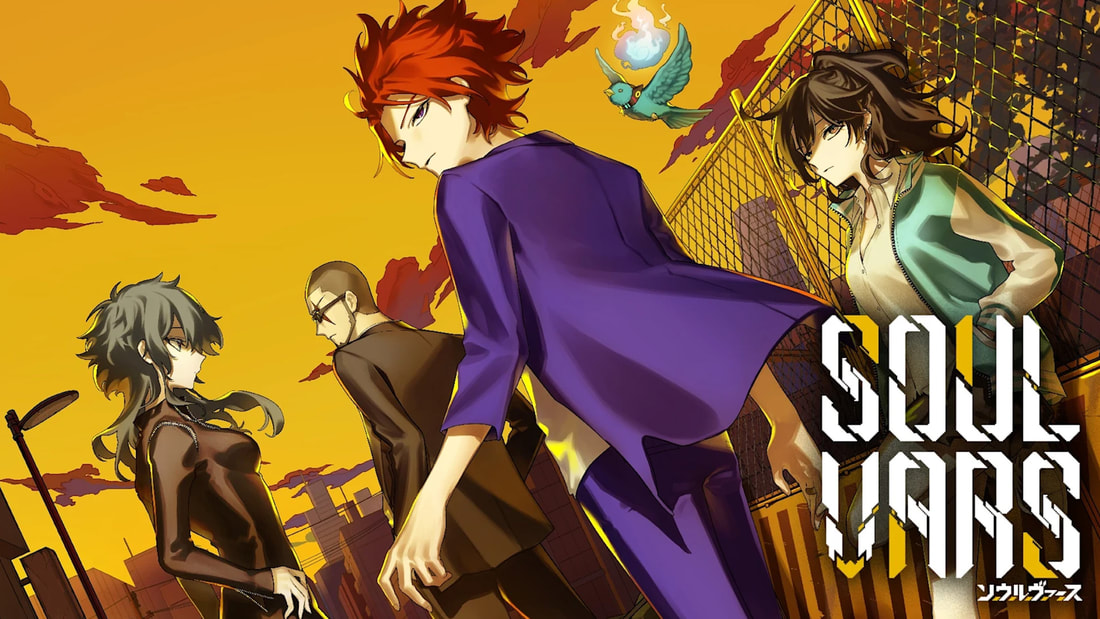
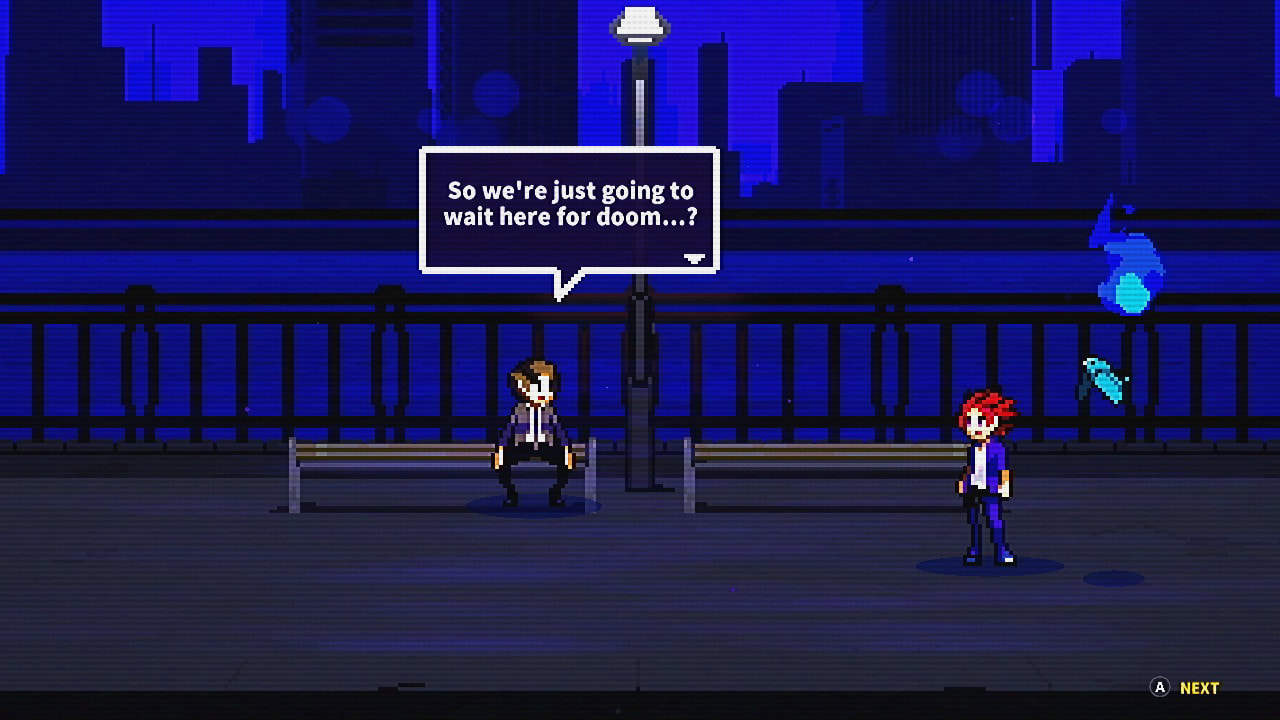
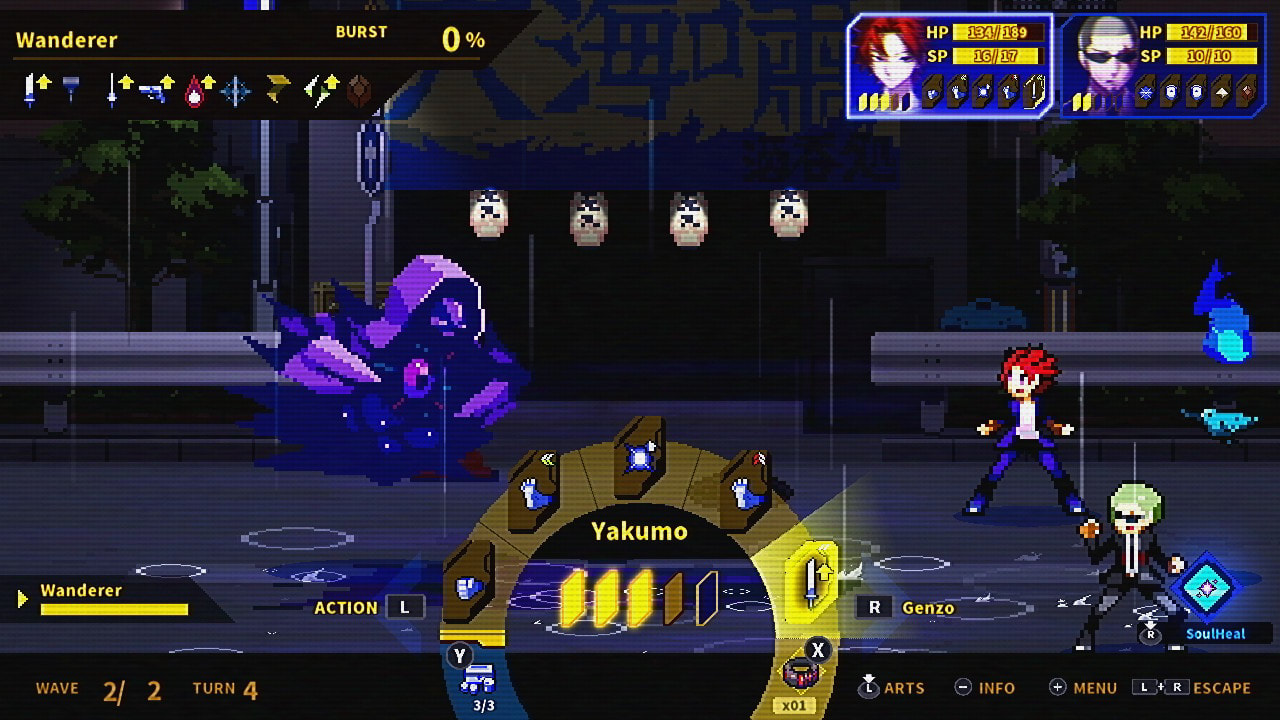

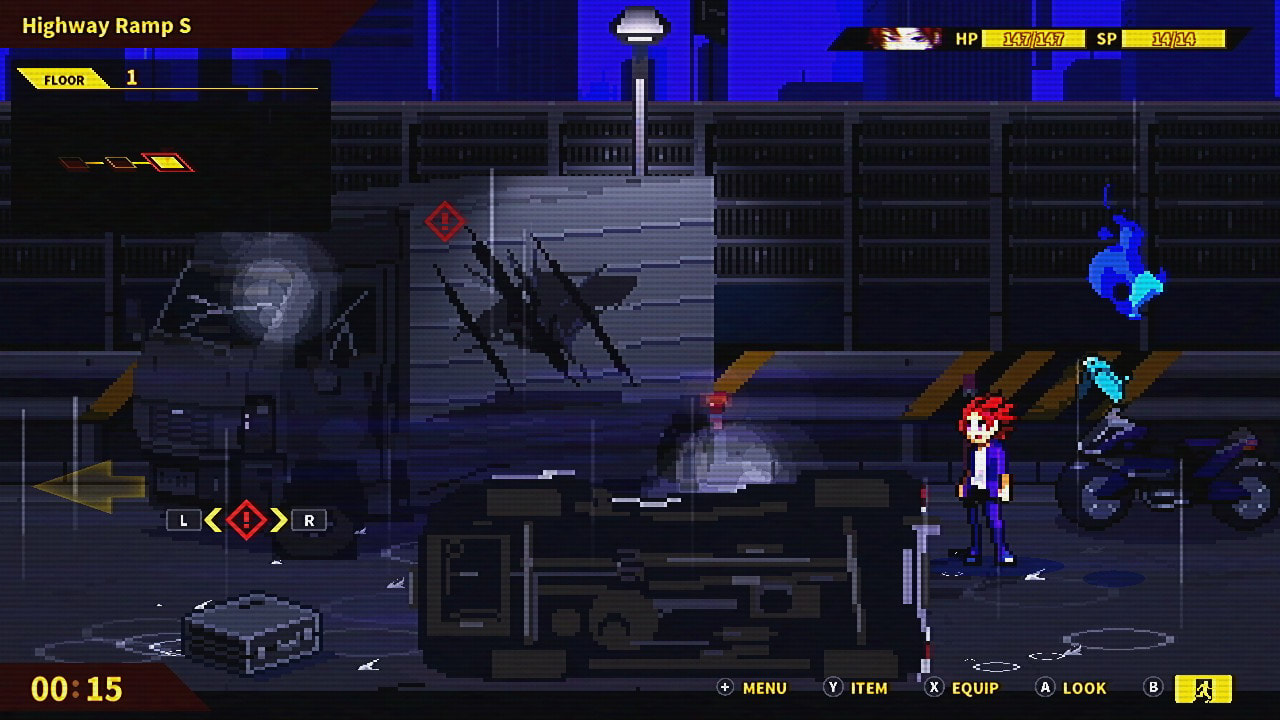

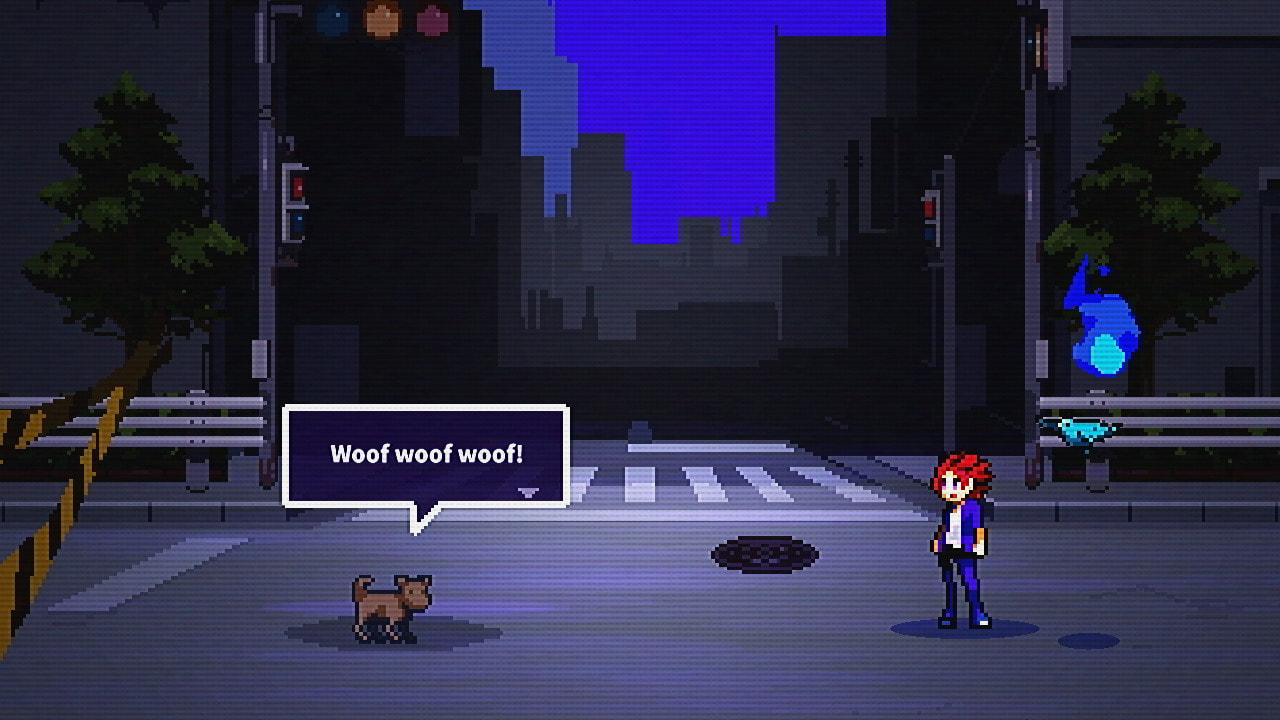
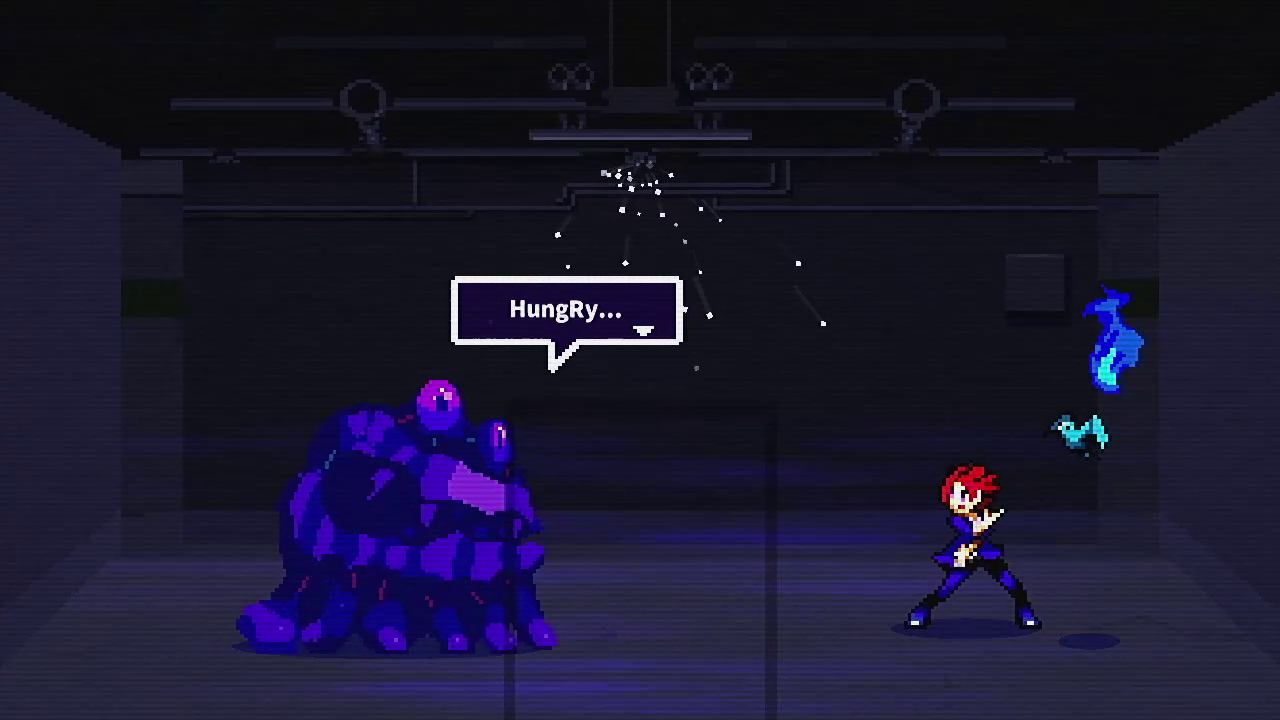
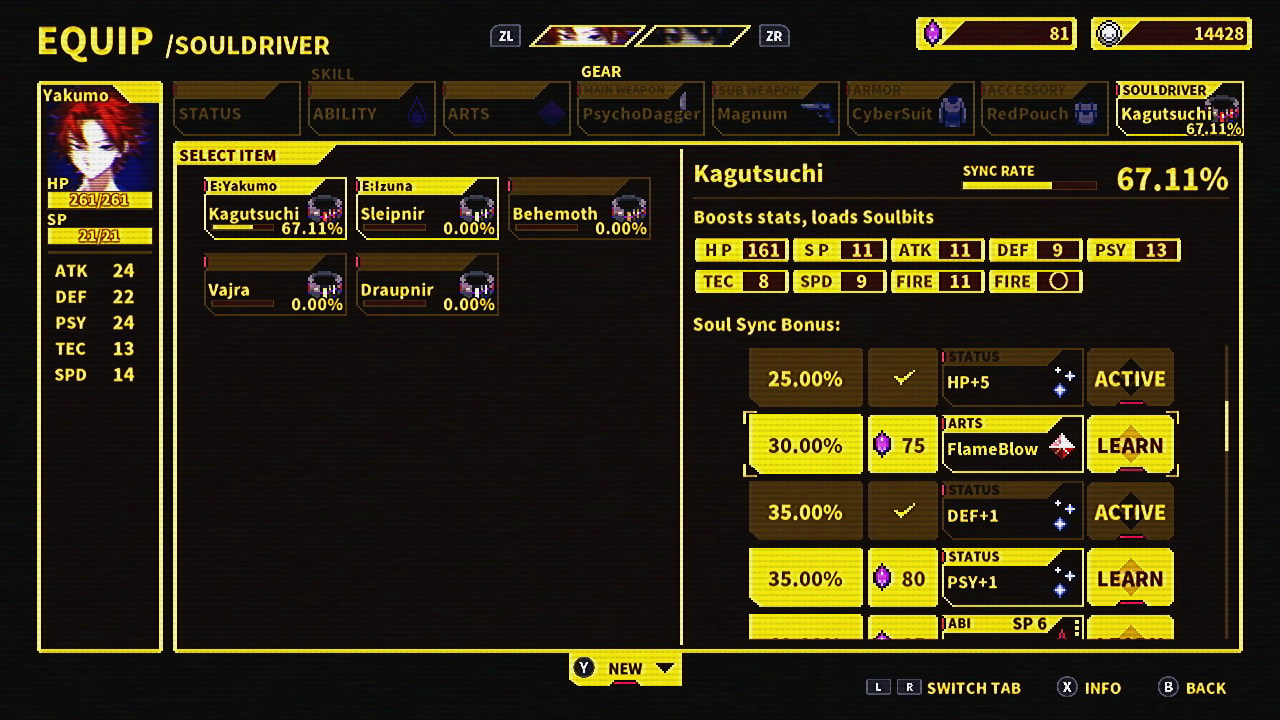
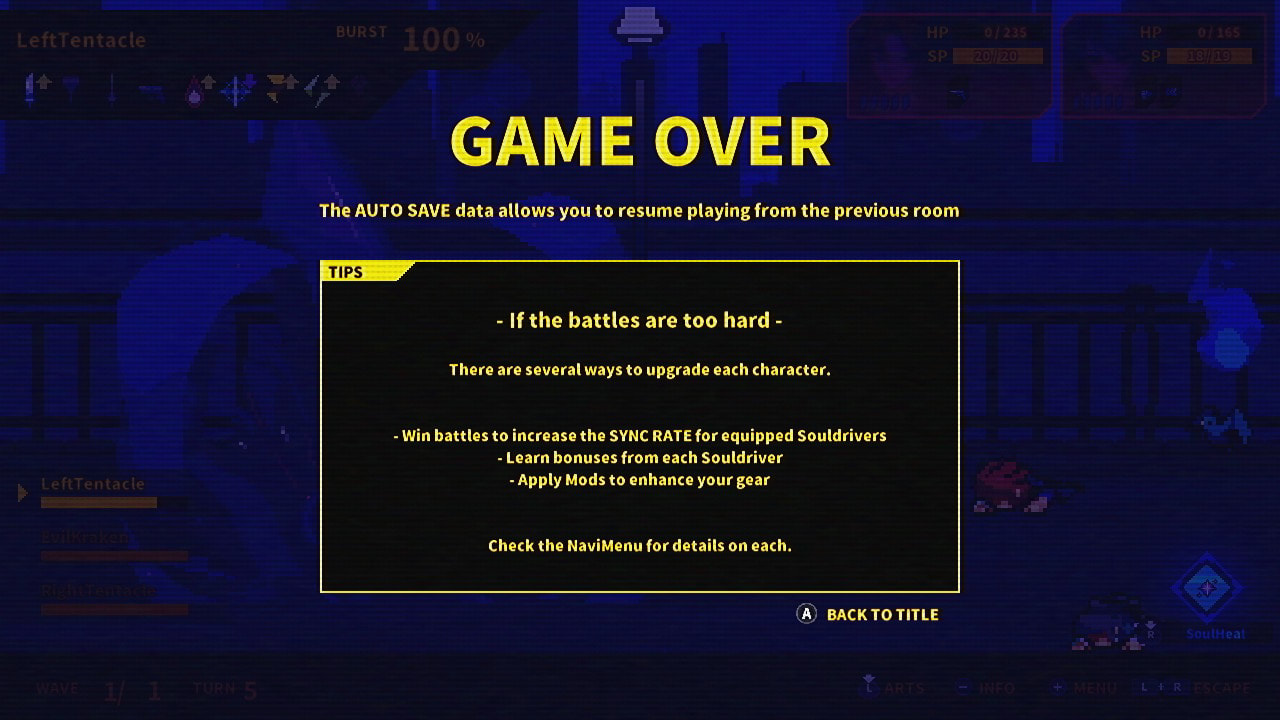

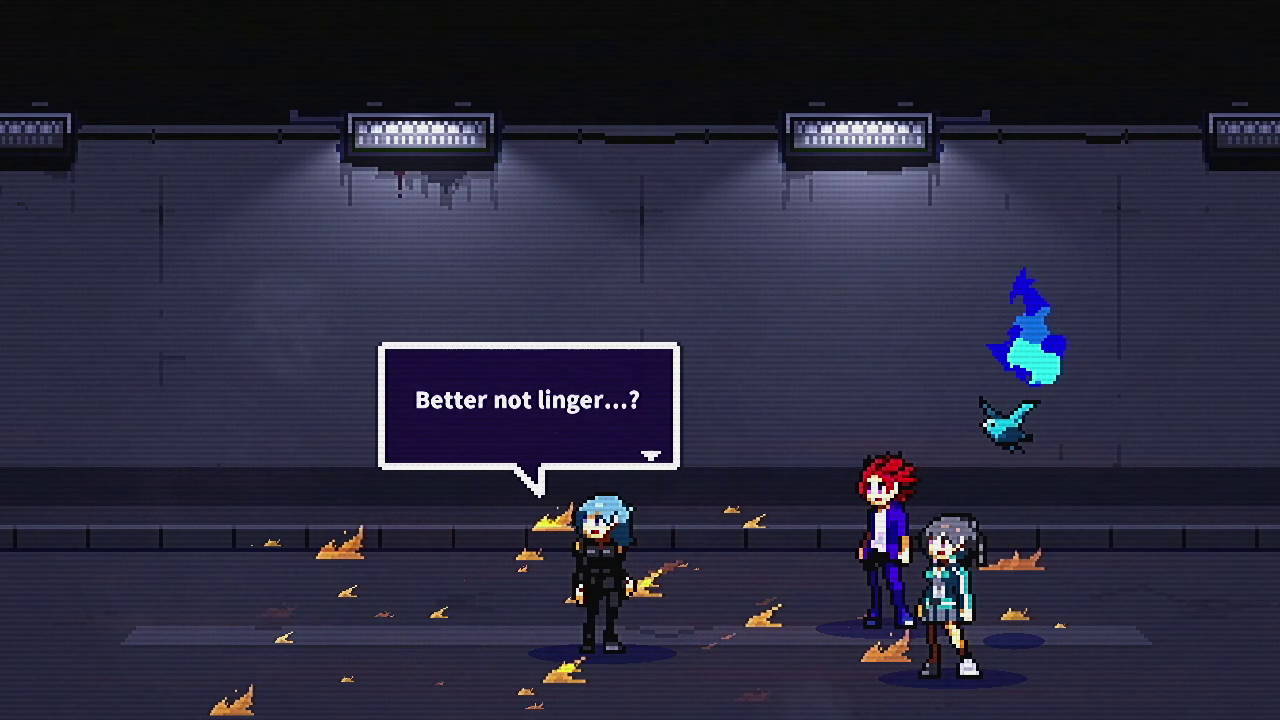
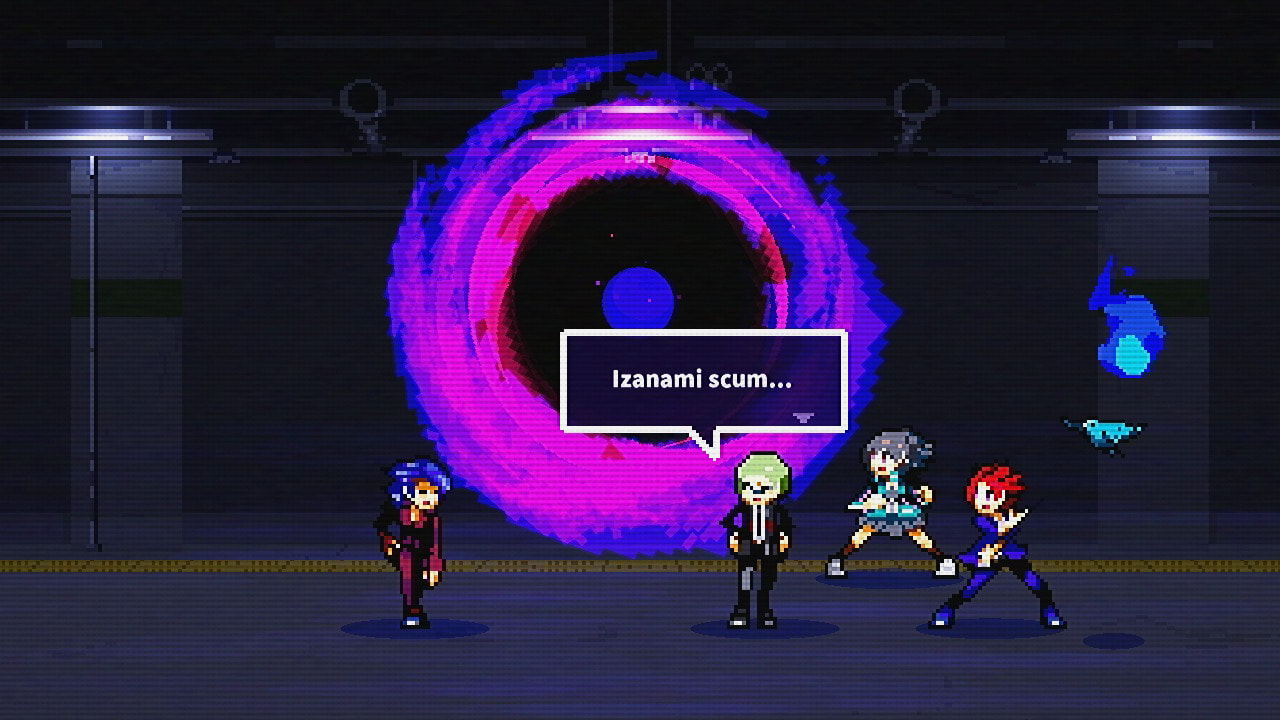
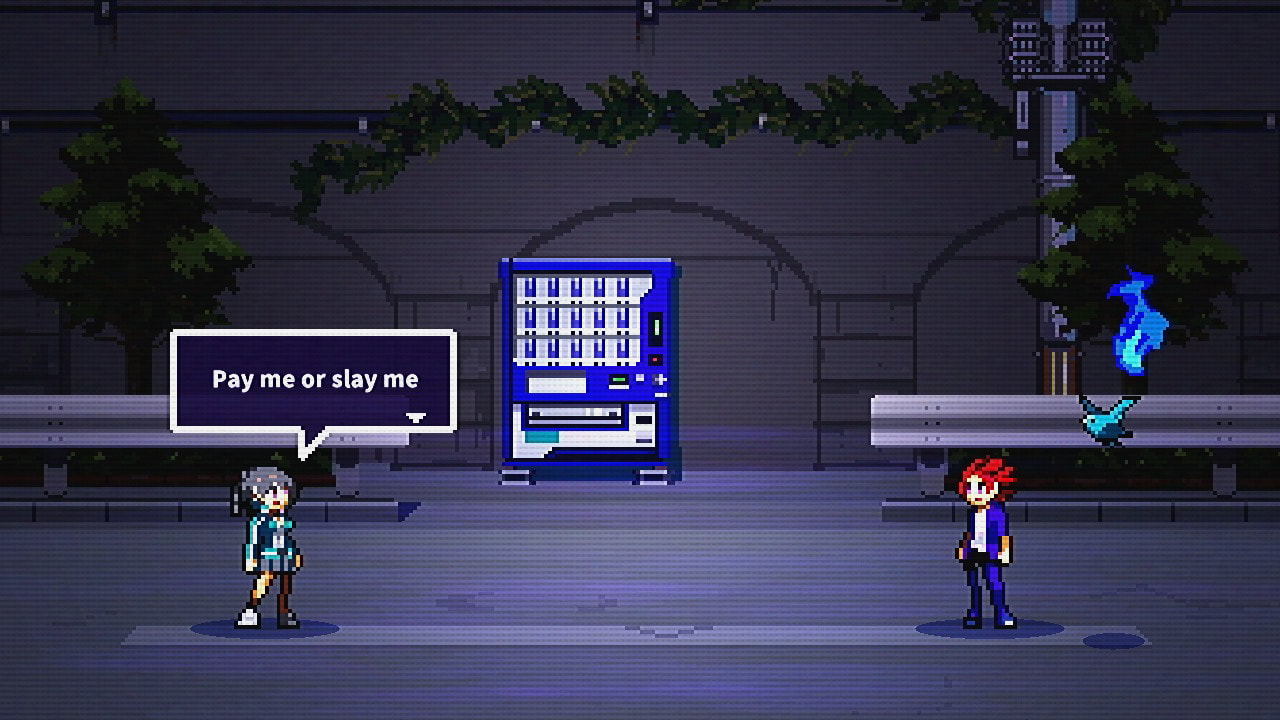

 RSS Feed
RSS Feed